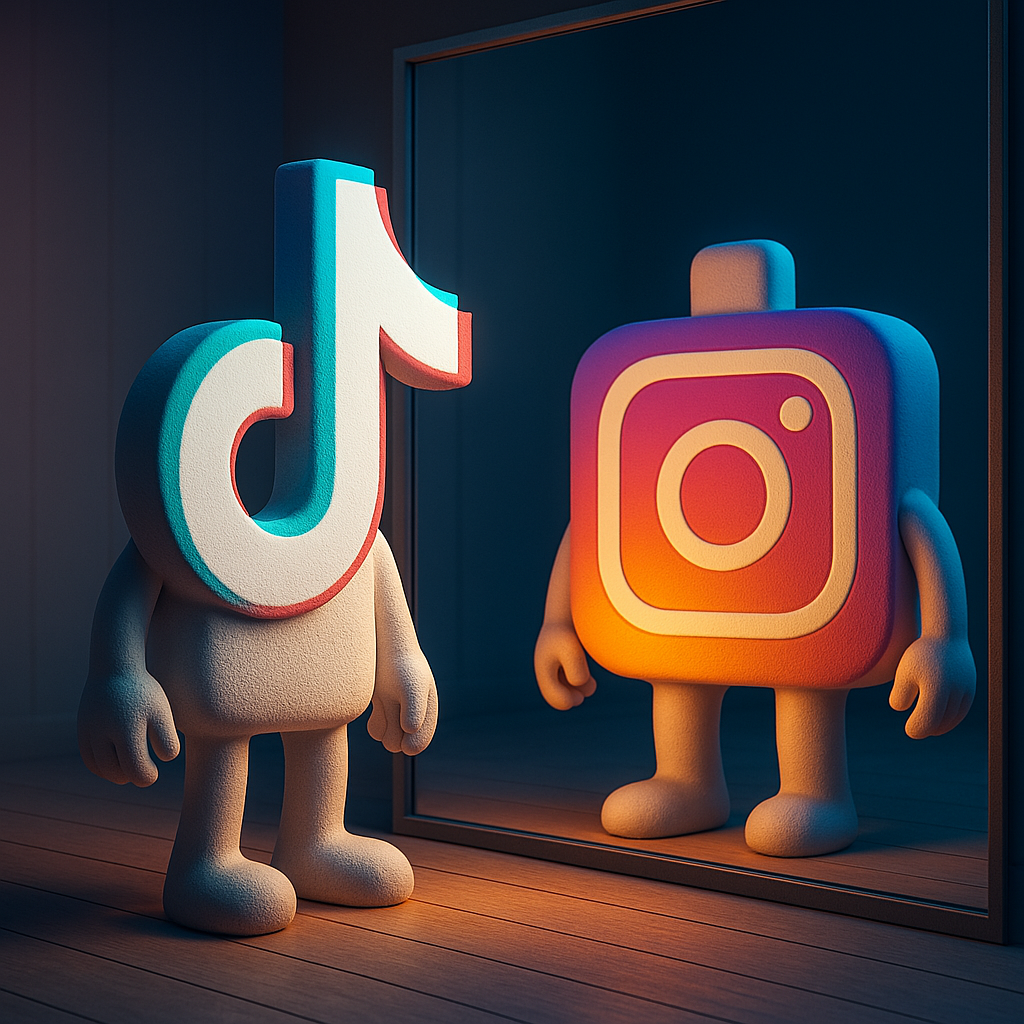
The Psychology Behind Viral Social Media Content
Have you ever wondered why some social media posts go viral while others fade into obscurity? The secret lies in psychology. Understanding human behavior, emotions, and the science of engagement can significantly increase your chances of creating viral content. Platforms like TikTok and Instagram rely on user interaction, and by leveraging psychological triggers, you can boost your post's visibility.
1. The Emotional Hook: Why People Share
People share content that makes them feel something—whether it’s joy, surprise, nostalgia, or even anger. Viral posts often evoke strong emotions, prompting users to engage by liking, commenting, and sharing. Studies show that positive emotions, such as humor and inspiration, tend to drive more shares than negative ones.
Example: TikTok challenges that involve humor or heartwarming moments gain millions of views because they trigger relatable emotions.
2. Social Proof and the Bandwagon Effect
People tend to follow what others are doing, a psychological principle known as the bandwagon effect. When a post already has thousands of likes and shares, more users are inclined to engage with it, believing it must be valuable or entertaining.
How to Use It:
-
Encourage early engagement by asking your audience questions.
-
Use trending hashtags and challenges to gain visibility.
-
Collaborate with influencers to boost credibility.
3. Curiosity and the Fear of Missing Out (FOMO)
FOMO is a strong motivator. Users engage with content that makes them feel they need to be "in the know." Content that hints at exclusive insights, secrets, or limited-time trends compels people to click and share.
Example: The “This will change how you see Instagram growth” style of videos often performs well because they create a sense of urgency and curiosity.
4. Relatability and Personal Connection
People engage with content that resonates with their experiences. Viral content often feels personal, making users think, “That’s so me!” Relatable memes, behind-the-scenes clips, and authentic storytelling create strong connections.
Tip: Show real-life moments, struggles, or achievements to make your content more engaging.
5. Algorithmic Influence: Understanding TikTok & Instagram
Both TikTok and Instagram prioritize content that keeps users on the platform longer. Their algorithms reward engagement metrics like:
✅ Watch time (longer videos tend to perform better)
✅ Comments and shares (signals strong interest)
✅ Saves (Instagram treats saved posts as high-value content)
By creating interactive, high-retention content, your chances of going viral increase.
6. The Role of Trends and Timing
Jumping on trends at the right time is crucial. Social media trends evolve rapidly, and being one of the first to participate in a viral challenge or meme can skyrocket your visibility.
Strategy:
-
Monitor TikTok’s "For You" page and Instagram’s Explore tab for emerging trends.
-
Use trending audio to boost discoverability.
-
Post when your audience is most active.
Conclusion
Going viral isn’t just luck—it’s science. By understanding the psychology behind audience behavior, leveraging emotions, and aligning with platform algorithms, you can create content that spreads like wildfire. Focus on authenticity, engagement triggers, and social trends to increase your chances of viral success.
Would you like to boost your content’s visibility? Start applying these psychological insights today!